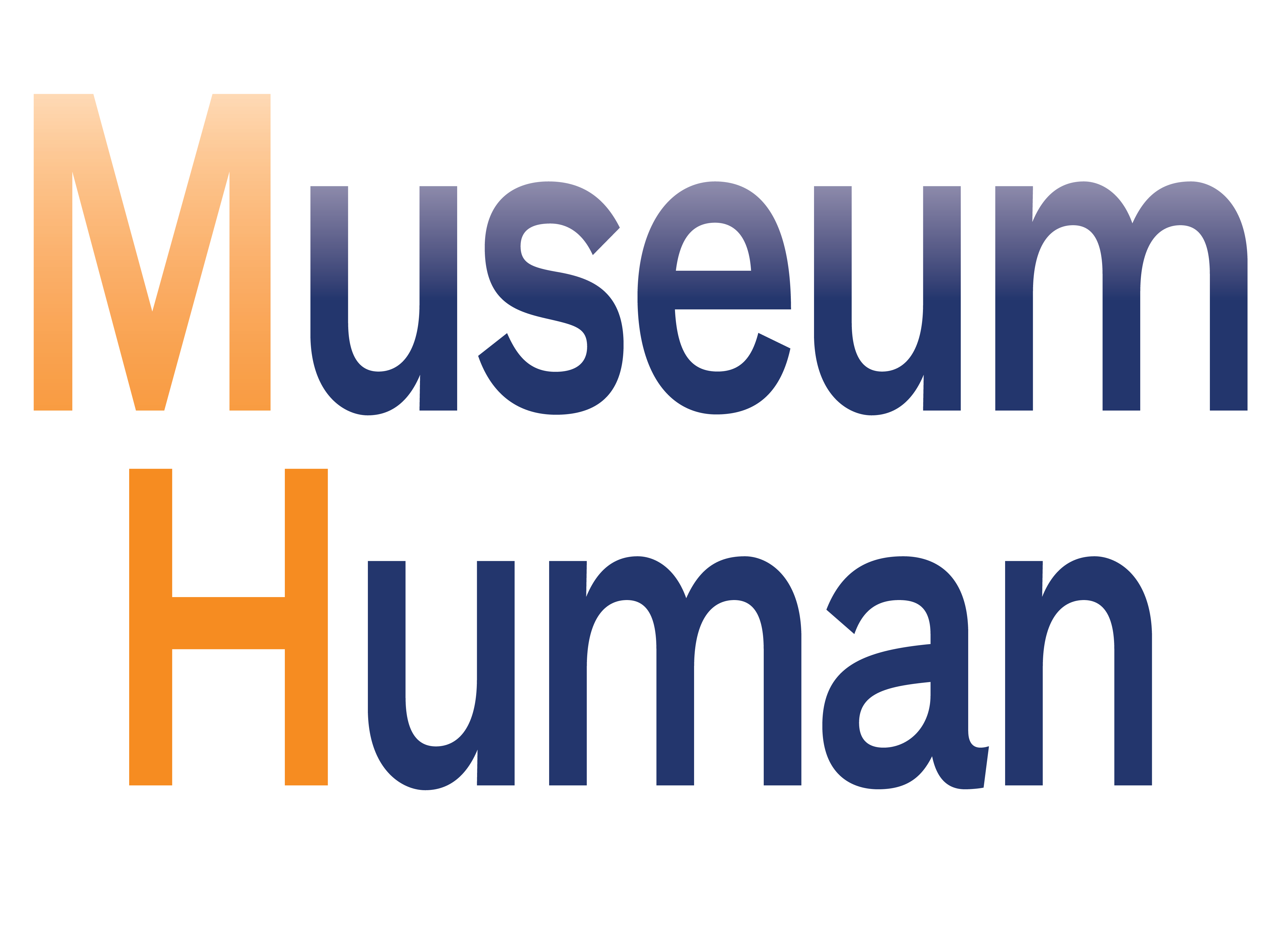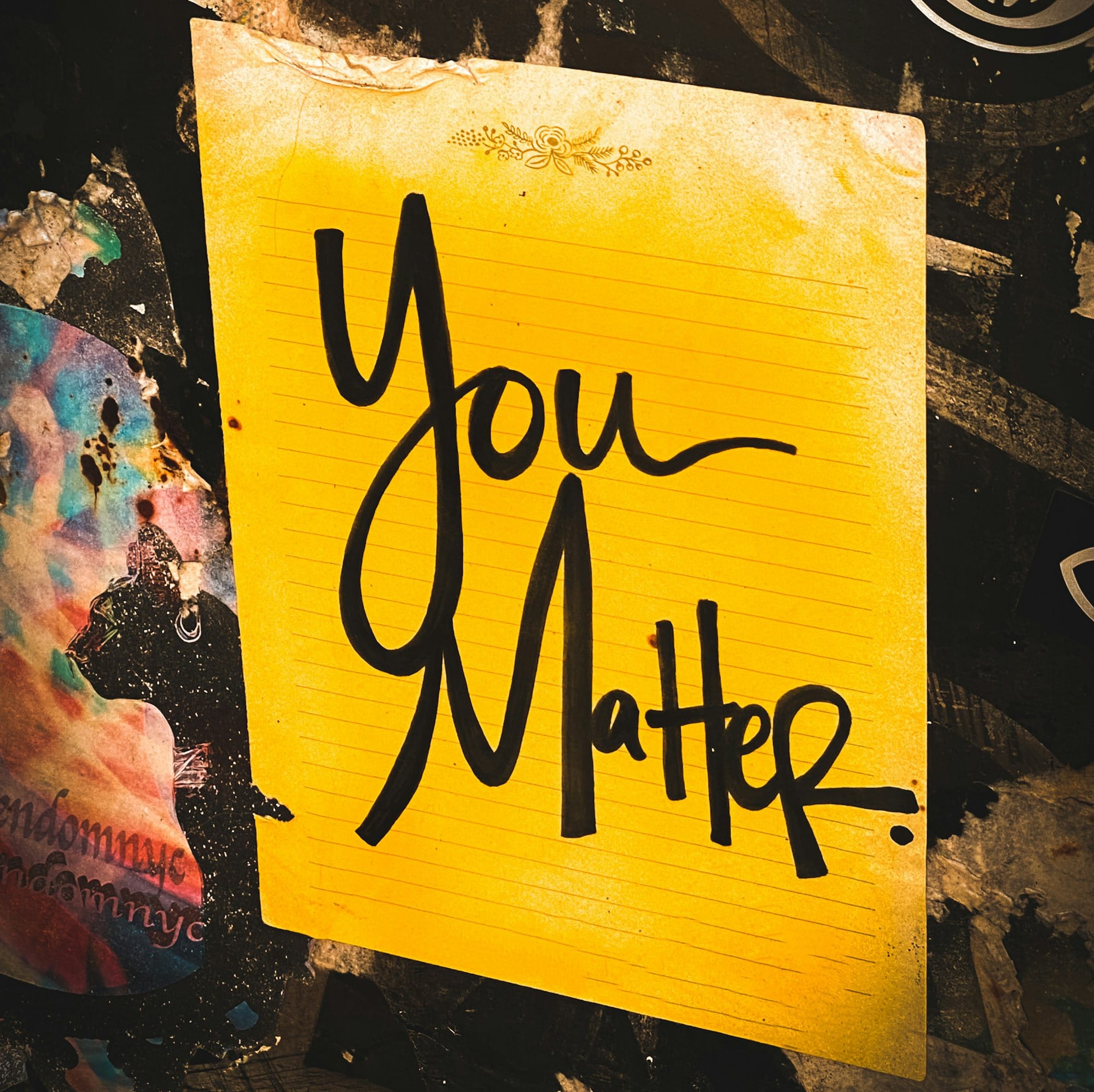Groundbreaking architect Zaha Hadid died suddenly last week, depriving the world of one of its most celebrated—and controversial—architects. Her swooping design seemed to do away with straight lines and right angles, and like any starchitect's work never seemed to work as well, especially for those who had to work in her buildings, as they looked on paper. (Ask people working in Frank Gehry's Stata Center, which leaks like a sponge in the rain.)

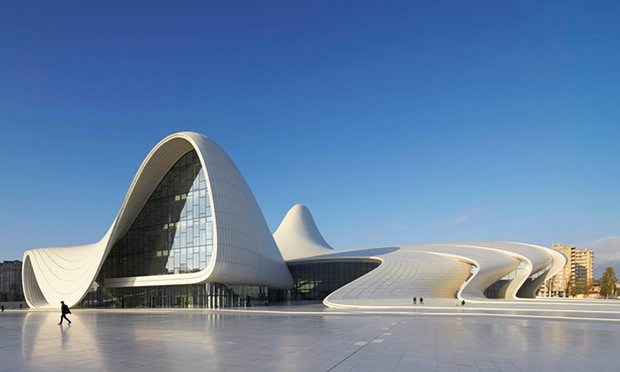
both images from The Guardian
Hadid wasn't just groundbreaking for her work: a female in a male-dominated field (particularly at its highest levels), and Muslim to boot. She didn't back down from static in her profession and played the part of the rockstar architect, but as a (non-white) woman she had it harder than most, getting hit hard for the same sort of designing-buildings-for-tyrant issues that most male high-end architects, who want to be able to afford to live like high-end architects, never get called out on. That she moved with the same unapologetic intellectual grandeur as the men in tip-top architecture somehow made her even more controversial, which is ridiculous.
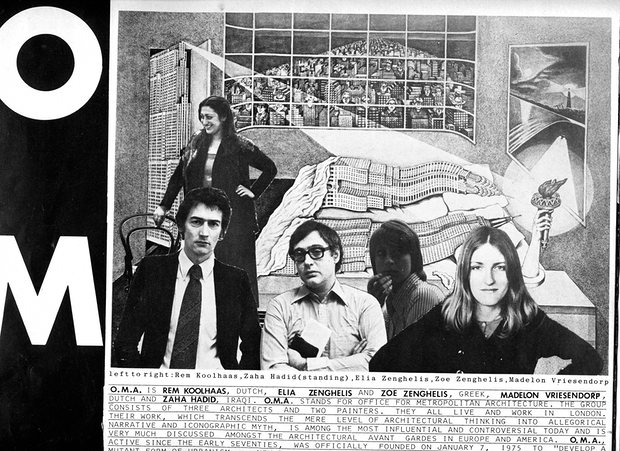
Guess who gets the hardest time among starchitects? (From The Guardian)
I had my architecture mania period, spending lunches in The Met's library reading room poring through issues of Architectural Record, Architectural Design, Metropolis, and the more euro-funky Abitare (before the hiatus and then relaunch of its print edition) and Domus. But some of the air went out of that balloon when I realized how much of big-ticket architecture is all publicity and bedazzlement, and how buildings in modern cities really get built is an entirely different matter of politics and backroom deals. (The reconstruction of New York's Ground Zero a perfect example, watching the dull first corporate stabs become the more wacked-out Blade Runner-meets-Coruscant designs of the "Innovative Design Study", which led to Daniel Libeskind's winning proposal, which was eventually completed as this dull Mordor monolith.)
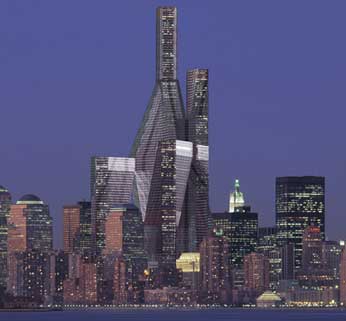
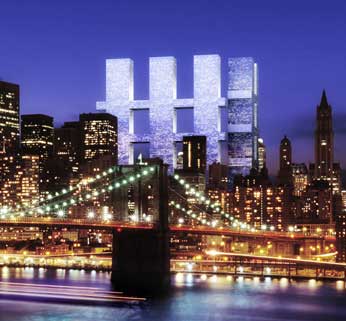
So what does this have to do with museums?
Museums don't usually court controversy for controversy's sake—they need the goodwill of governments, donors, and the public too much. Some exhibitions (or even logos) will rankle officials and/or critics.
A little more interesting is when there's disagreement inside of the museum. I can think of a book I typeset at The Met back in the day that had to be split into two volumes because the two main authors, an art historian and a conservator, so strongly disagreed on various questions of attribution. It wasn't an easy book(s) for my department to produce but who's to say it didn't make for a healthier scholarly product? It's not like it destroyed the museum or anything.
We now extoll publications that have a conversational feel (and why not some disagreement?), especially in digital publications where the conversation can unfold across multiple entries (The Pickle Index, or the new Code | Words "experiment" on Medium, "A Series of Epistalatory Romances").
True, cooperation and collaboration has produced some spectacular exhibitions, like Interwoven Globe at The Met. And with museums worldwide under budgetary pressures, it would make sense that there isn't money for competing visions inside the institution. But who's to say that a few competing ideas wouldn't help? There already are different visions in museums (don't pretend that every program-greedy curator and every cost-conscious business-side administrator have all the same ideas). Innovation doesn't happen for its own sake, and one could say that electric cars are the better for the competition between Elon Musk and General Motors. Why not have a (friendly) competition and see which version gets the best audience—and then make both versions available? Isn't this the kind of data that a museum should be trying to gather? Nothing provides data like examples, and print and digital can be the ultimate A/B test.
It's that or institutional Field Day and tugs-of-wars. Take your pick.
